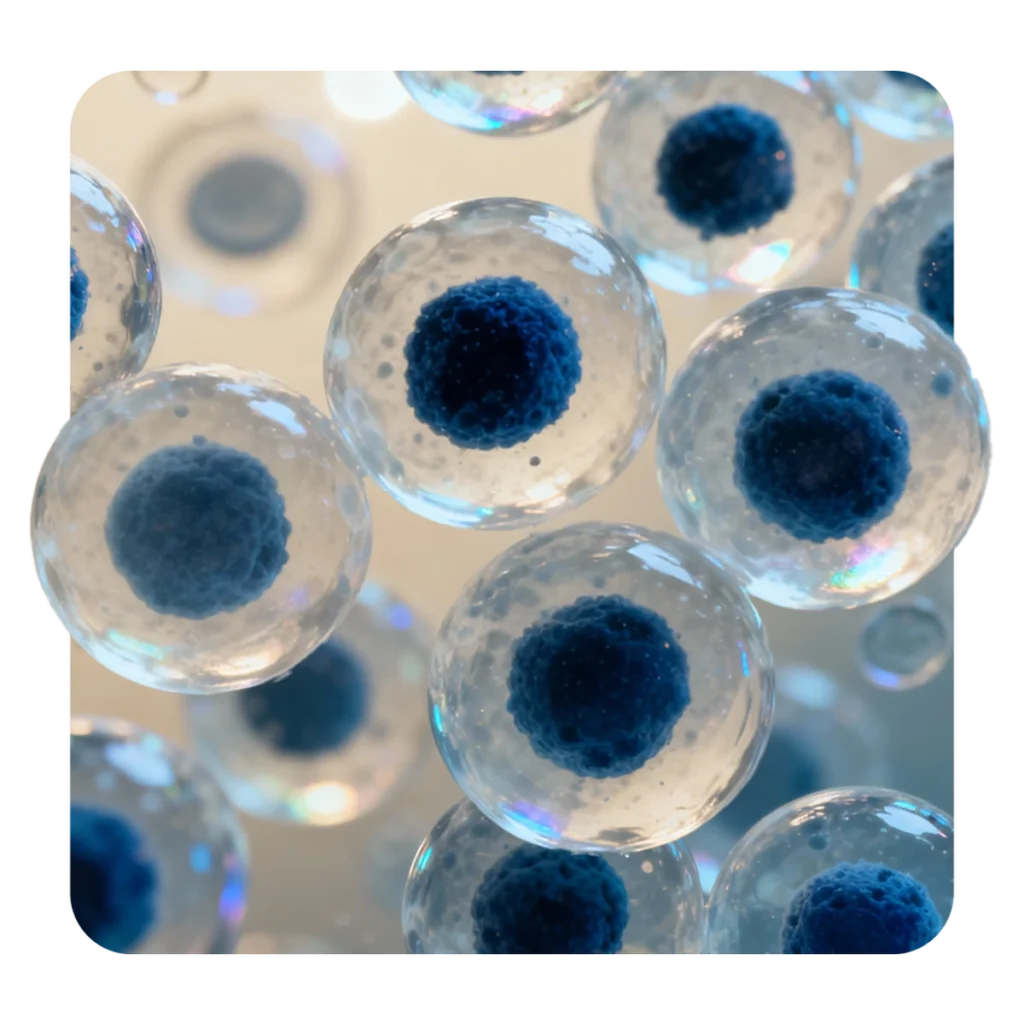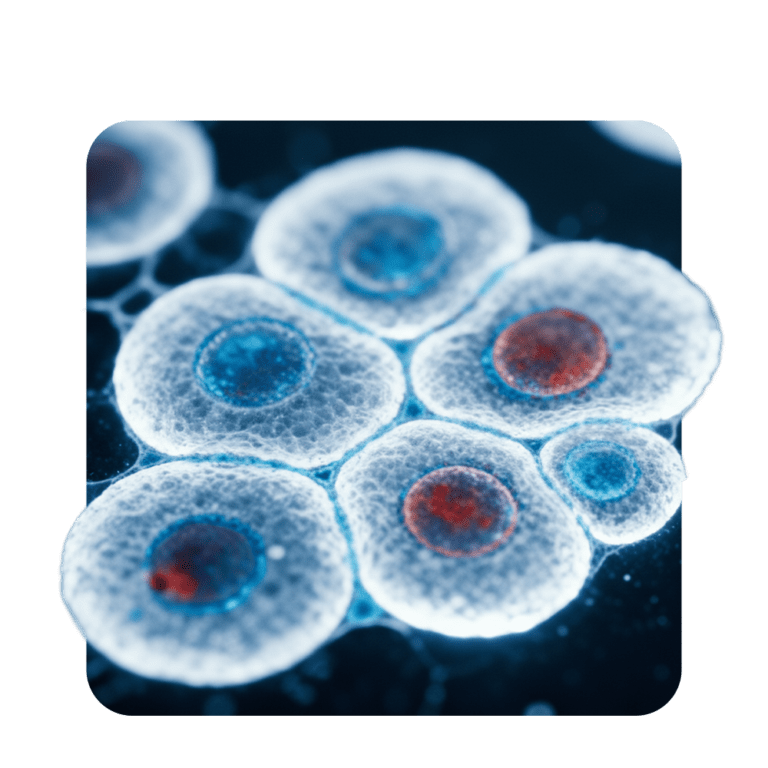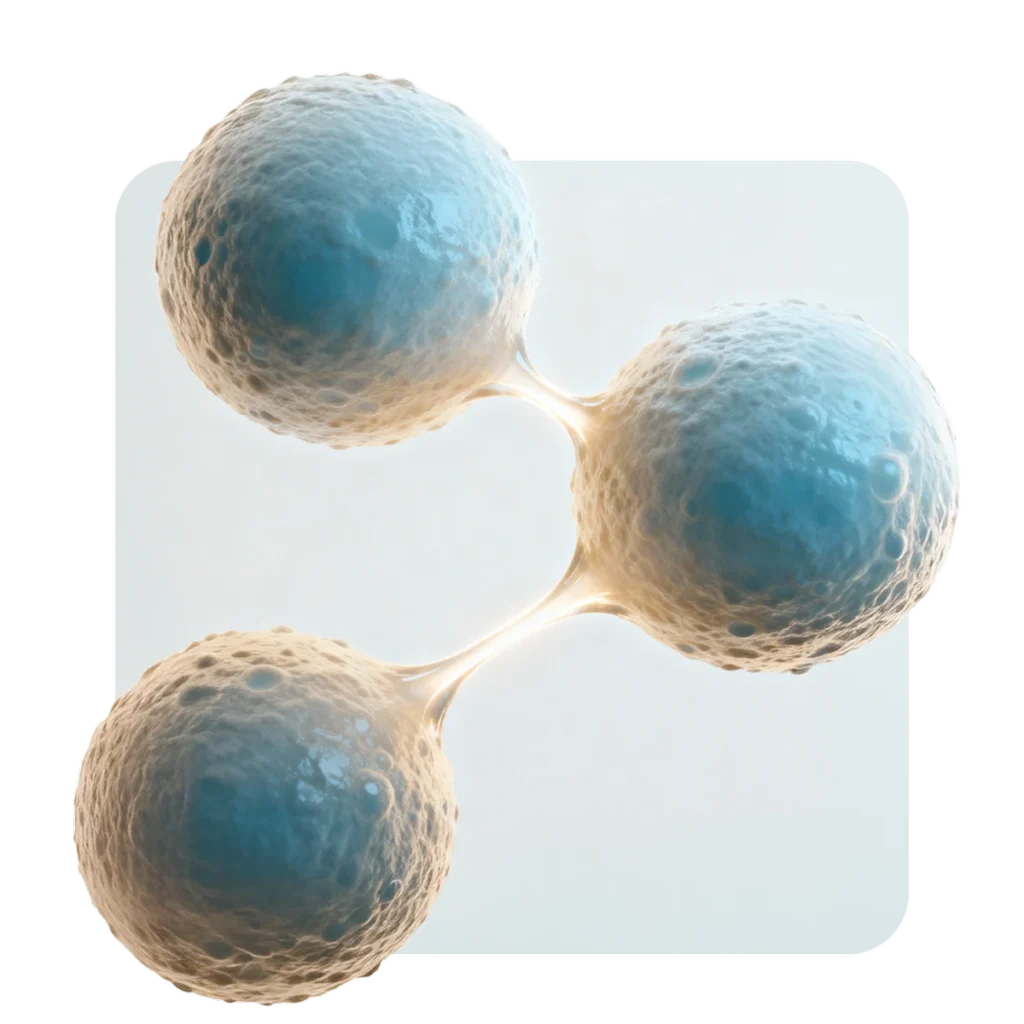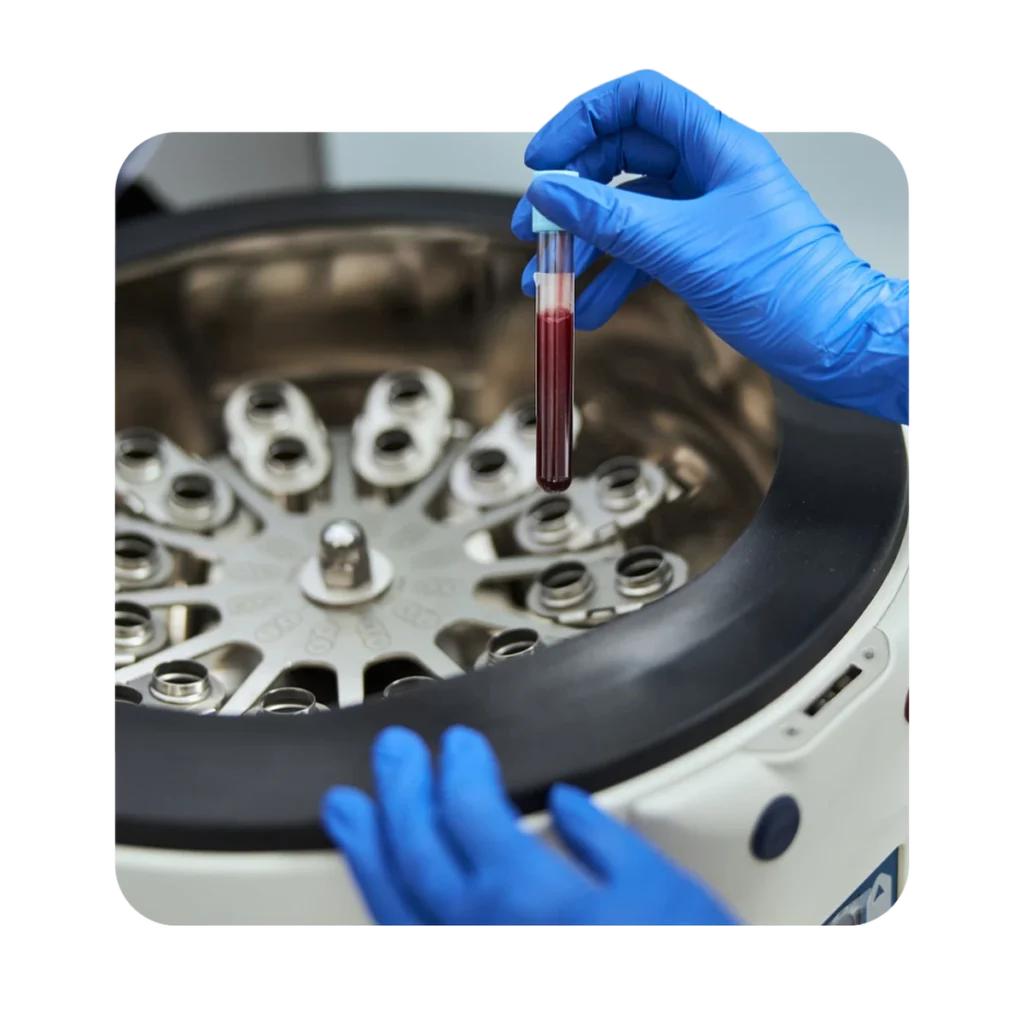Not always is it necessary to wait for birth to access a valuable cellular resource. In addition to the umbilical cord, cord tissue, and placenta, there is another possibility: peripheral blood, the blood that flows through our veins every day.
From a simple blood draw, it is possible to isolate peripheral blood mononuclear cells (PBMC), a collection of immune cells – such as lymphocytes and monocytes – that at first glance seem “common.” The real surprise is that these cells, thanks to modern biotechnologies, can be reprogrammed and return to a primordial state, becoming induced pluripotent stem cells (iPSC).

Imagine being able to “restart” an adult cell, erasing its memory of what it is — for example, a lymphocyte — and bringing it back to a primordial state, as if it had gone back in time. This is essentially what happens with cellular reprogramming.
Thanks to this discovery, which earned Shinya Yamanaka the Nobel Prize, peripheral blood mononuclear cells (PBMC) can be transformed into induced pluripotent stem cells (iPSC). These new cells no longer have a predetermined fate: they have returned to a pluripotent state, with the ability to give rise to almost all types of cells in the human body.

The iPSCs, in fact, do not spontaneously transform into neurons, heart cells, or pancreatic cells. However, they can be guided by researchers to follow specific differentiation pathways, eventually becoming:
In summary:
This platform PBMC → iPSC → target cell is today one of the most powerful tools in biomedical research and advanced cell therapies. These are not yet widely available cures, but a rapidly evolving field that is already showing concrete clinical results around the world.
Preserving peripheral blood mononuclear cells (PBMC) means making a forward-thinking choice: setting aside a personal biological resource that could prove crucial when regenerative medicine and advanced cellular therapies become integral to clinical practice.
What is preserved?
A small amount of peripheral blood is collected through a simple draw, from which mononuclear cells (lymphocytes, monocytes, and other immune cells) are isolated. Once cryopreserved, these cells retain the biological characteristics of the moment of collection and can, in the future, be reprogrammed into induced pluripotent stem cells (iPSC).

The peripheral blood mononuclear cells (PBMC) do not replace other sources of stem cells, but complement them in a supportive manner.
The perinatal sources — such as cord blood, cord tissue, and the placenta — provide cells that are already being used in clinical settings or are in advanced stages of testing. The cells from adipose tissue, on the other hand, represent an easily accessible adult reserve, rich in mesenchymal cells with regenerative and immunomodulatory properties.
In this scenario, PBMC add something unique: the possibility of reprogramming and thus the generation of induced pluripotent stem cells (iPSC), capable of giving rise to many types of cells in the body.
Together, cord, cord tissue, placenta, adipose tissue, and PBMC constitute a comprehensive and integrated biobanking project, which not only looks at the present but also concretely prepares for the opportunities of future medicine.

With SSCB, through the EternaCell project, every client has the opportunity to store their own peripheral blood mononuclear cells (PBMC) today.
This means safeguarding healthy and personal cells that, thanks to reprogramming technologies into iPSCs, can open access to a virtually unlimited cellular resource, ready to become the foundation for regenerative medicine and advanced cellular therapies of the future.

Thanks to certified and secure processes, we offer quality services that meet the highest standards in the biotech industry.

Certified Swiss Biotech company a leader in stem cell preservation.
